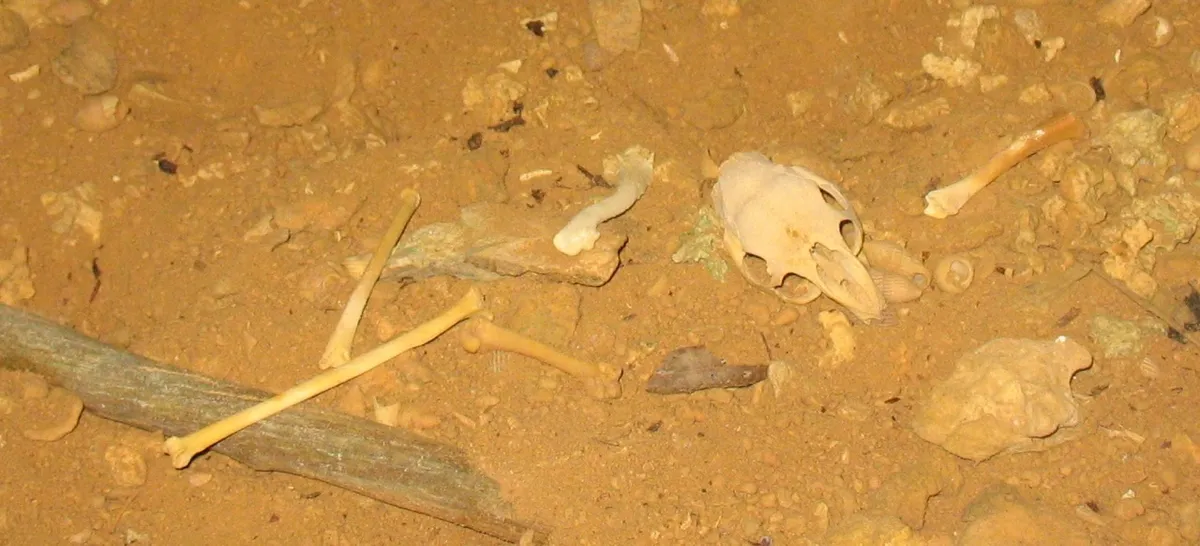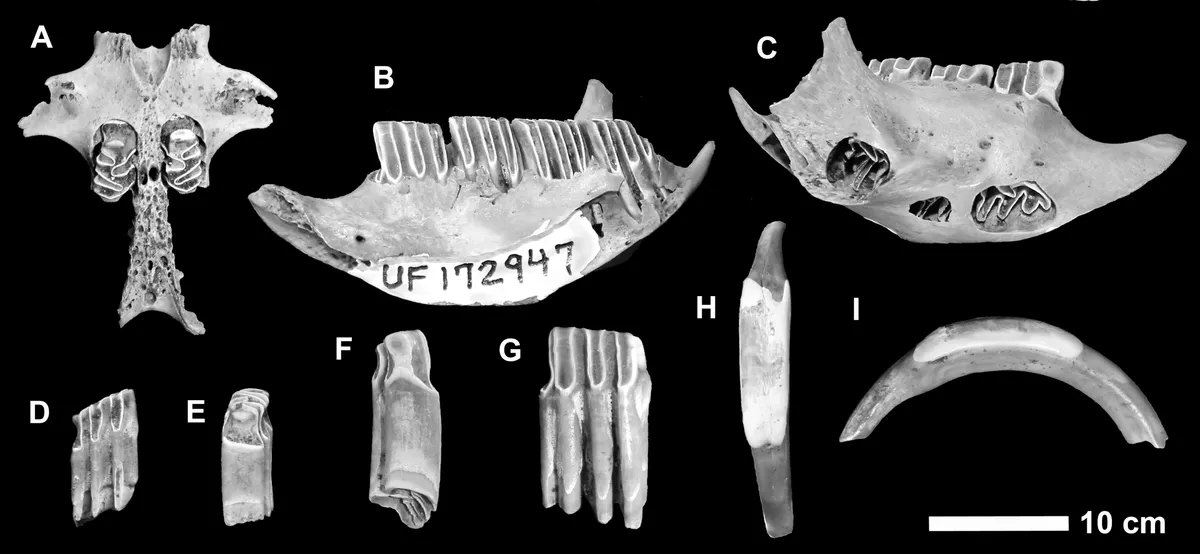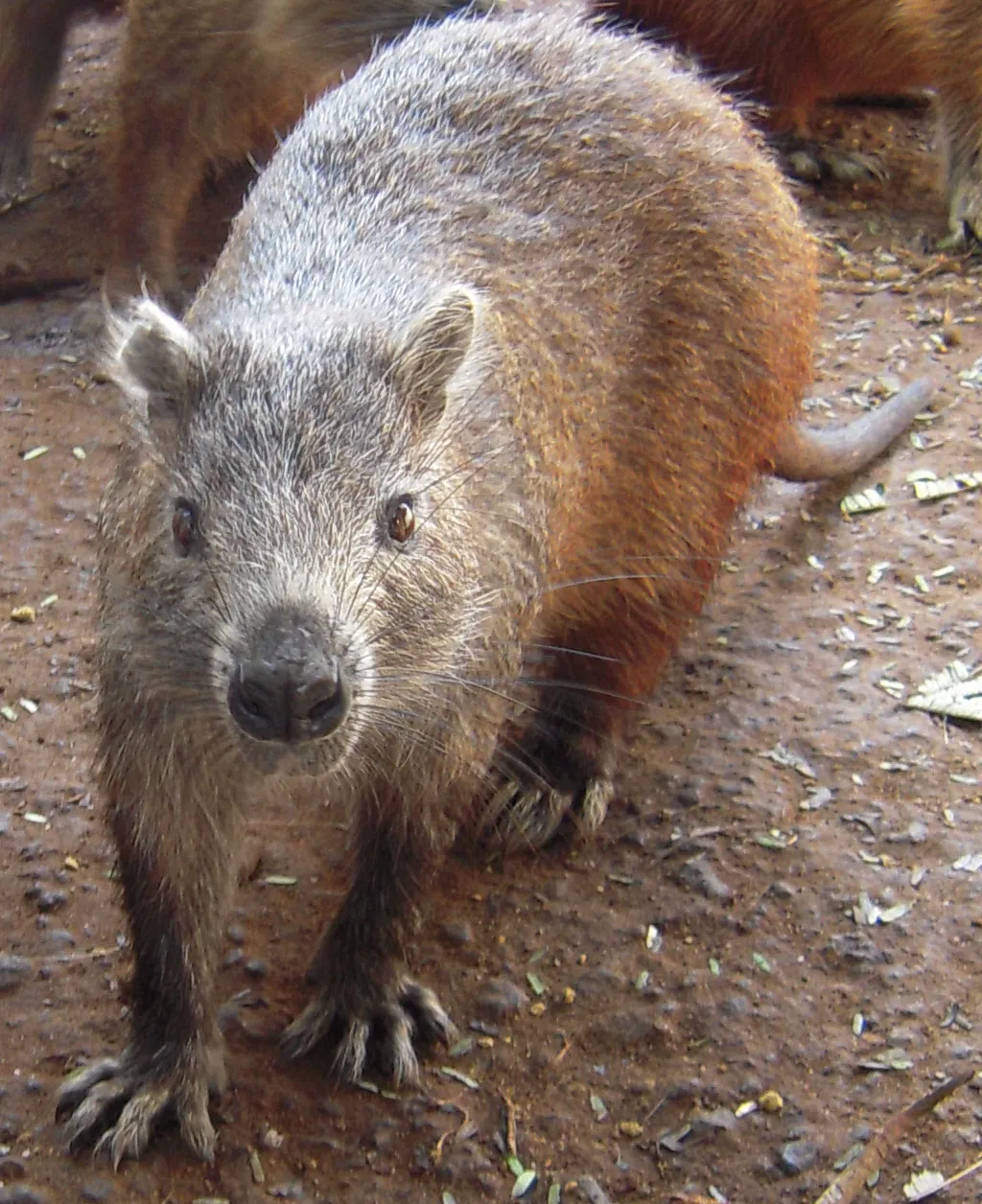Scientists studying fossilised bones from the Cayman Islands in collections in British and American museums have described three mammals new to science.
The ancient bones, collected from caves, sinkholes and peat deposits on the Islands between the 1930s and the 1990s, belonged to two large rodents Capromys pilorides lewisi and Geocapromys caymanensis, and a small shrew-like mammal named Nesophontes hemicingulus.
It is thought the three mammals were endemic to the Cayman Islands and probably became extinct around the 1700s, due to the arrival of European settlers and introduced non-native mammals such as rats, cats and dogs.
“Humans are almost certainly to blame for the extinction of these newly described mammals, and this represents just the tip of the iceberg for mammal extinctions in the Caribbean,” says Professor Samuel Turvey, from ZSL’s Institute of Zoology, and co-author of the paper.
“Nearly all the mammal species that used to live on these tropical islands, including all of the native Caribbean sloths and monkeys, have recently disappeared,” he adds.

The state of the teeth and bones for three of the specimens indicates that they were digested by crocodiles. Enamel, dentine and cement were found to be missing from portions of the teeth that would be been exposed above the gum line, and research indicates that this could be attributed to predation and digestion by a crocodylian. In comparison, regurgitated pellets from raptorial bones contain bones and teeth without this kind of damage.

It is possible that the animals described as “coneys” and “little beasts like cats” by Sir Francis Drake in 1586 were the newly-described large rodents Capromys or Geocapromys.
There is one extant subspecies of Capromys pilorides (below), and two extant species of Geocapromys, all of which are found in the Caribbean.

“With only one possible sighting early in the course of European expansion into the New World, these small mammals from the Cayman Islands were complete unknowns until their fossils were discovered. Their closest relatives are Cuban; how and when did they manage a 250-km journey over open water?" asks Professor Ross MacPhee from the American Museum and a co-author of the study.
One theory is that floating rafts of vegetation carried across mammals from Cuba to the Cayman Islands. Such rafts have been documented to float as far as 100 kilometres in less than a week.
